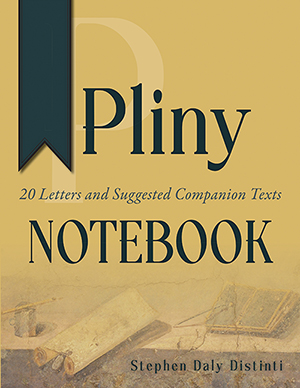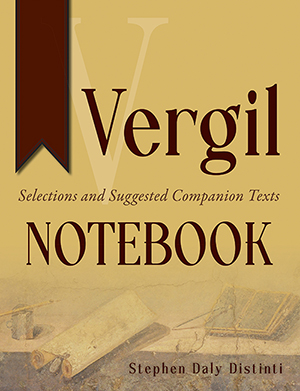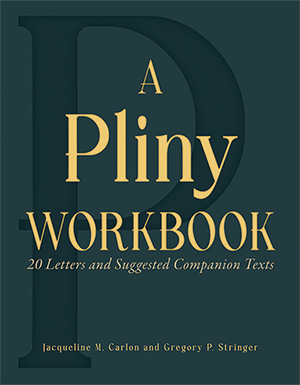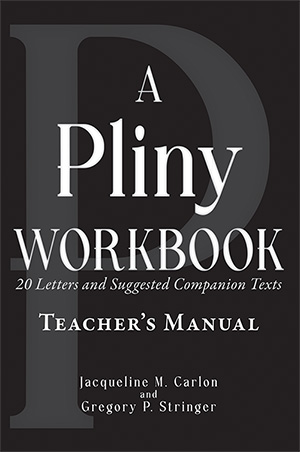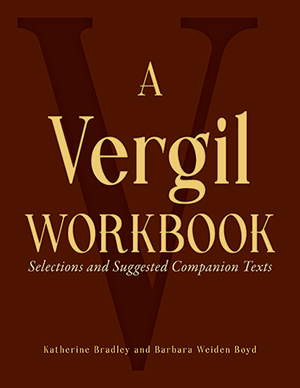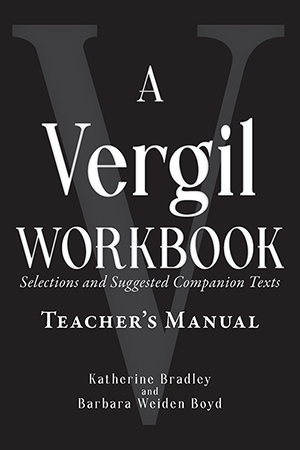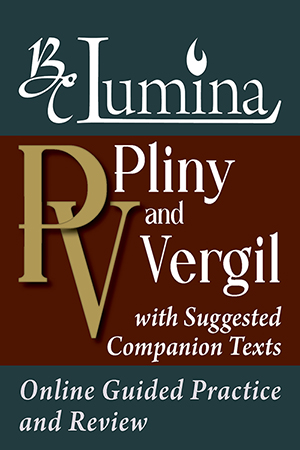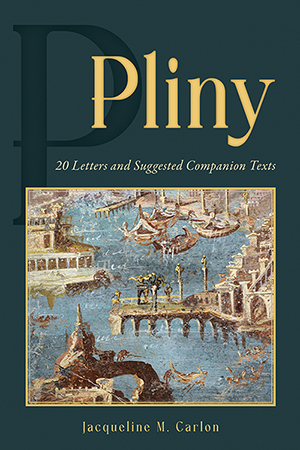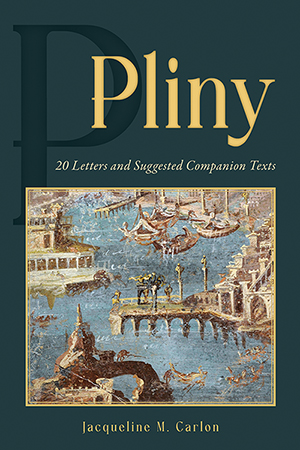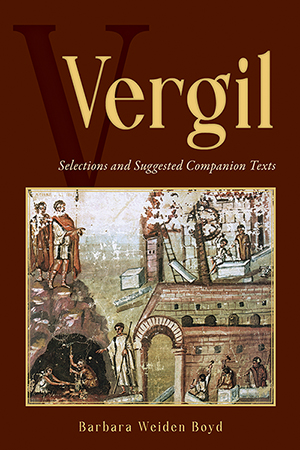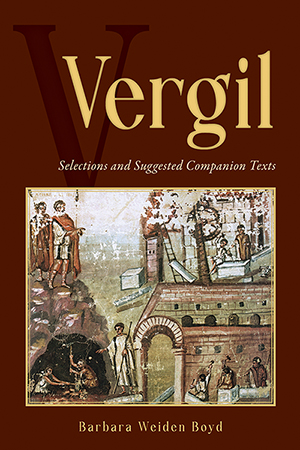A Notebook for Pliny: 20 Letters and Suggested Companion Texts
- 8946
- 978-0-86516-894-7
A Notebook for Vergil: Selections and Suggested Companion Texts
- 8954
- 978-0-86516-895-4
A Pliny Workbook
- 8873
- 978-0-86516-887-9
Pliny 20 Letters and Suggested Companion Texts new title in the Latin Literature Workbook Series. Sets of exercises geared to the AP* exam engage students directly with the Latin text and provides all the activities and exercises needed to reinforce the careful reading of classical authors in the original Latin. .
A Pliny Workbook TM
- 8881
- 978-0-86516-888-6
A Vergil Workbook: Selections and Suggested Companion Texts
- By author: Barbara Weiden Boyd
- 892X
- 9780865168923
Vergil Selections and Suggested Companion Texts a new title in the Latin Literature Workbook Series. Sets of exercises geared to the AP* exam engage students directly with the Latin text and provides all the activities and exercises needed to reinforce the careful reading of classical authors in the original Latin.
A Vergil Workbook: Selections and Suggested Companion Texts TM
- By author: Barbara Weiden Boyd
- 8938
- 9780865168930
Pliny and Vergil LUMINA
- PVLUM
Pliny: 20 Letters and Suggested Companion Texts
- 8857
- 978-0-86516-885-5
- Paperback / softback
Designed for the new AP® Latin syllabus, this volume includes ALL required letters by Pliny the Younger. Ten additional epistles round out the prescribed passages. Companion texts encompass a variety of “choice” selections from Latin prose that complement Pliny’s work, from inscriptions to the letters of Cicero to the history of Eutropius. Short excerpts from the eighteenth-century poetic work Rusticatio Mexicana further illuminate Pliny’s subject matter and themes.
Pliny: 20 Letters Letters and Suggested Companion Texts
- 8830
- 978-0-86516-883-1
- Hardback
Designed for the new AP® Latin syllabus, this volume includes ALL required letters by Pliny the Younger. Ten additional epistles round out the prescribed passages. Companion texts encompass a variety of “choice” selections from Latin prose that complement Pliny’s work, from inscriptions to the letters of Cicero to the history of Eutropius. Short excerpts from the eighteenth-century poetic work Rusticatio Mexicana further illuminate Pliny’s subject matter and themes.
Vergil: Selections and Suggested Companion Texts
- By author: Barbara Weiden Boyd
- 8903
- 978-0-86516-890-9
- Paperback / softback
Designed for the new AP® Latin syllabus, this volume includes ALL required passages from Vergil’s Aeneid. An additional 15 lines from the Aeneid round out the prescribed passages. Companion texts encompass a variety of “choice” selections (602 lines) from Latin poetry that complement Vergil’s work, from the elegies of Catullus to the epic of Petrarch.
Vergil: Selections and Suggested Companion Texts
- By author: Barbara Weiden Boyd
- 889X
- 978-0-86516-889-3
- Hardback
Designed for the new AP® Latin syllabus, this volume includes ALL required passages from Vergil’s Aeneid. An additional 15 lines from the Aeneid round out the prescribed passages. Companion texts encompass a variety of “choice” selections (602 lines) from Latin poetry that complement Vergil’s work, from the elegies of Catullus to the epic of Petrarch.

